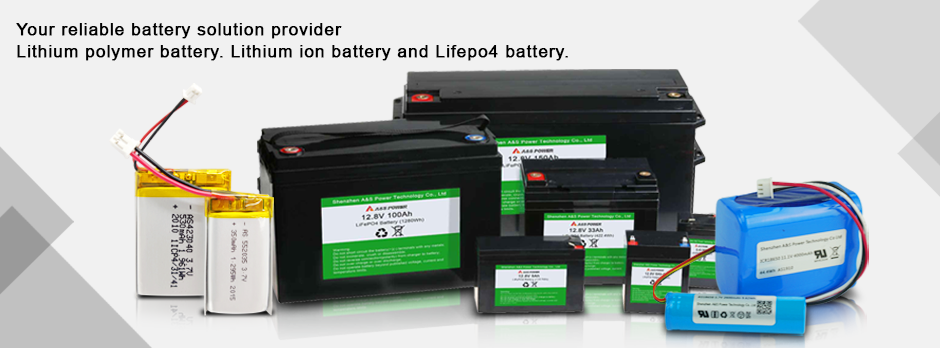What Is Battery Pack?
2021-07-02
An individual lithium-ion cell will have a safe voltage range over which it can be cycled that will be determined by the specific cell chemistry. For most commercial lithium-ion cells, that voltage range is approximately 3.0 V (discharged, or 0 % state-of-charge, SOC) to 4.2 V (fully charged, or 100% SOC). Because of a relatively flat discharge profile, the “nominal” voltage (voltage that the cell will exhibit through most of its discharge) of a typical lithium-ion cell is usually approximately 3.6 to 3.7 V. For most cells, discharge below 3.0 V can cause degradation of electrodes and thus discharge below the manufacturer’s low voltage specification is referred to as over-discharge. Repeated over-discharge can lead to cell failure and cell thermal runaway (discussed below). For most cells,10 charging significantly above 4.2 V (e.g., to 5 V) can lead to rapid, exothermic degradation of the electrodes. Charging above the manufacturer’s high voltage specification is referred to as overcharge. Since overcharging can lead to violent thermal runaway reactions, a number of overcharge protection devices are either designed into cells or included in the electronics protection packages for lithium-ion battery packs.
A lithium-ion battery (or battery pack) is made from one or more individual cells packaged together with their associated protection electronics. By connecting cells in parallel, designers increase pack capacity. By connecting cells in series ,designers increase pack voltage. Thus, most battery packs will be labeled with a nominal voltage that can be used to infer the number of series elements and pack capacity in Ampere hours or Watt hours that will provide an indication of the capacity of each series element (size of individual cells or the number of cells connected in parallel). For example, a lithium-ion battery pack marked as 10.8 V nominal, 7.2 Ah can be assumed to contain three series elements (3 × 3.6 V = 10.8 V), with each series element containing 7.2-Ah capacity. Typical 18650-sized cylindrical cells (18650 cells are the consumer electronics workhorse cell – they are found in most multi-cell battery packs) at the time of this writing, have capacities that range from 2.2 to 2.9 Ah; thus, a notebook computer battery pack with a 7.2-Ah capacity label would likely include series elements containing three 2.4-Ah cells connected in parallel, and the entire battery pack contains nine cells in a 3s, 3p arrangement (i.e., 3 series elements containing 3 cells each in parallel).
For large format battery packs, cells may be connected together (in series and/or in parallel) into modules. The modules may then be connected in series or in parallel to form full battery packs.
Modules are used to facilitate readily changed configurations and easy replacement of faulty portions of large battery packs. Thus, large format battery pack architecture can be significantly more complex thansmall consumer electronics battery packs which typically contain series connected elements consisting of two or more parallel connected cells. Nonetheless, the
simplified analysis method used above can still be applied to generally understand the total number of series elements within a battery pack, and the capacity of the parallel elements.












